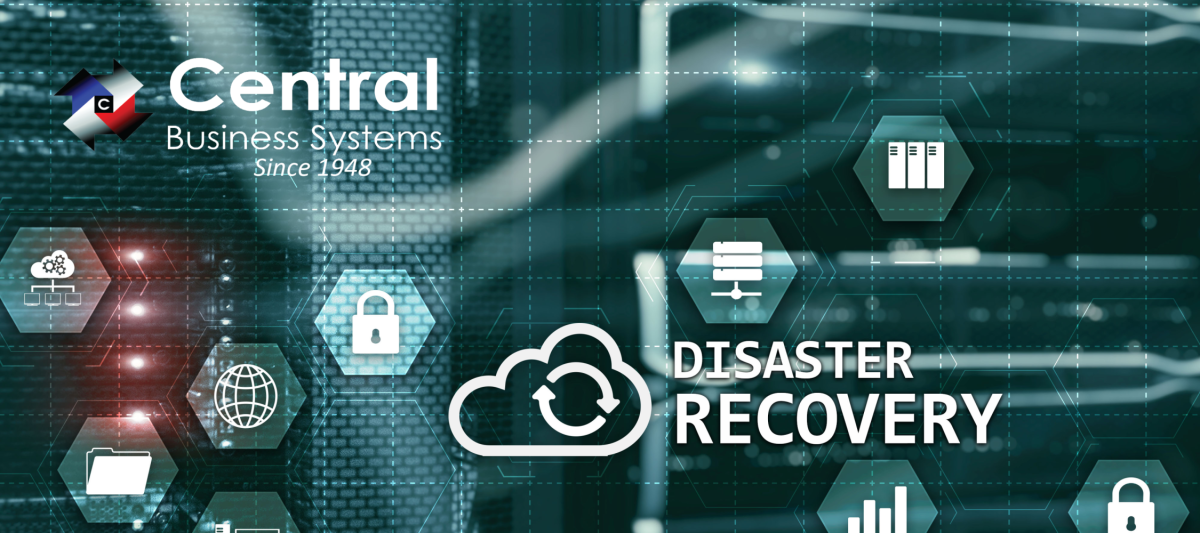
1. Risk Assessment and Business Impact Analysis
- Identify Potential Risks: Evaluate threats such as natural disasters, cyber-attacks, hardware failures, and human errors.
- Determine Impact: Assess the potential impact of each risk on your business operations and data integrity.
- Prioritize Assets: Identify critical systems and data that are essential for business continuity.
2. Data Classification and Prioritization
- Classify Data: Categorize data based on its importance and sensitivity.
- Set Priorities: Determine which data sets require the most stringent backup and recovery measures.
3. Backup Strategy
- Backup Frequency: Decide how often backups should be performed based on data criticality.
- Backup Types: Utilize a mix of full, incremental, and differential backups to optimize storage and recovery times.
- Offsite Storage: Store backups in multiple locations, including offsite or cloud-based storage, to protect against local disasters.
4. Recovery Point Objective (RPO) and Recovery Time Objective (RTO)
- RPO: Define the maximum acceptable amount of data loss measured in time (e.g., last 24 hours of transactions).
- RTO: Determine the maximum acceptable downtime for critical systems and data recovery.
5. Technological Solutions
- Backup Software: Choose reliable backup software that meets your organization’s needs.
- Cloud Solutions: Consider cloud-based backup services for scalability and redundancy.
- Data Encryption: Ensure data is encrypted both in transit and at rest to maintain security.
6. Disaster Recovery Planning
- DR Site: Establish a disaster recovery site that can take over operations if the primary site fails.
- Replication: Implement real-time data replication to the DR site for minimal downtime.
- Failover Procedures: Develop and document procedures for failover and failback operations.
7. Testing and Validation
- Regular Testing: Conduct regular backup and recovery tests to ensure systems work as expected.
- Simulated Scenarios: Perform simulated disaster scenarios to test the overall disaster recovery plan.
- Review and Update: Continuously review and update the plan based on test results and changes in the business environment.
8. Staff Training and Awareness
- Training Programs: Develop training programs to educate staff on their roles and responsibilities during a disaster.
- Awareness Campaigns: Promote awareness of the backup and disaster recovery plan throughout the organization.
9. Regulatory Compliance
- Understand Regulations: Familiarize yourself with industry-specific regulations regarding data protection and disaster recovery.
- Compliance Checks: Ensure your backup and disaster recovery plan meets all legal and regulatory requirements.
10. Vendor Management
- Vendor Reliability: Choose reliable vendors for backup and recovery services.
- Service Level Agreements (SLAs): Establish clear SLAs with vendors to define expected recovery times and data availability.
By considering these key aspects, you can develop a comprehensive backup and disaster recovery plan that minimizes data loss and downtime, ensuring your organization remains resilient in the face of unexpected disruptions.
